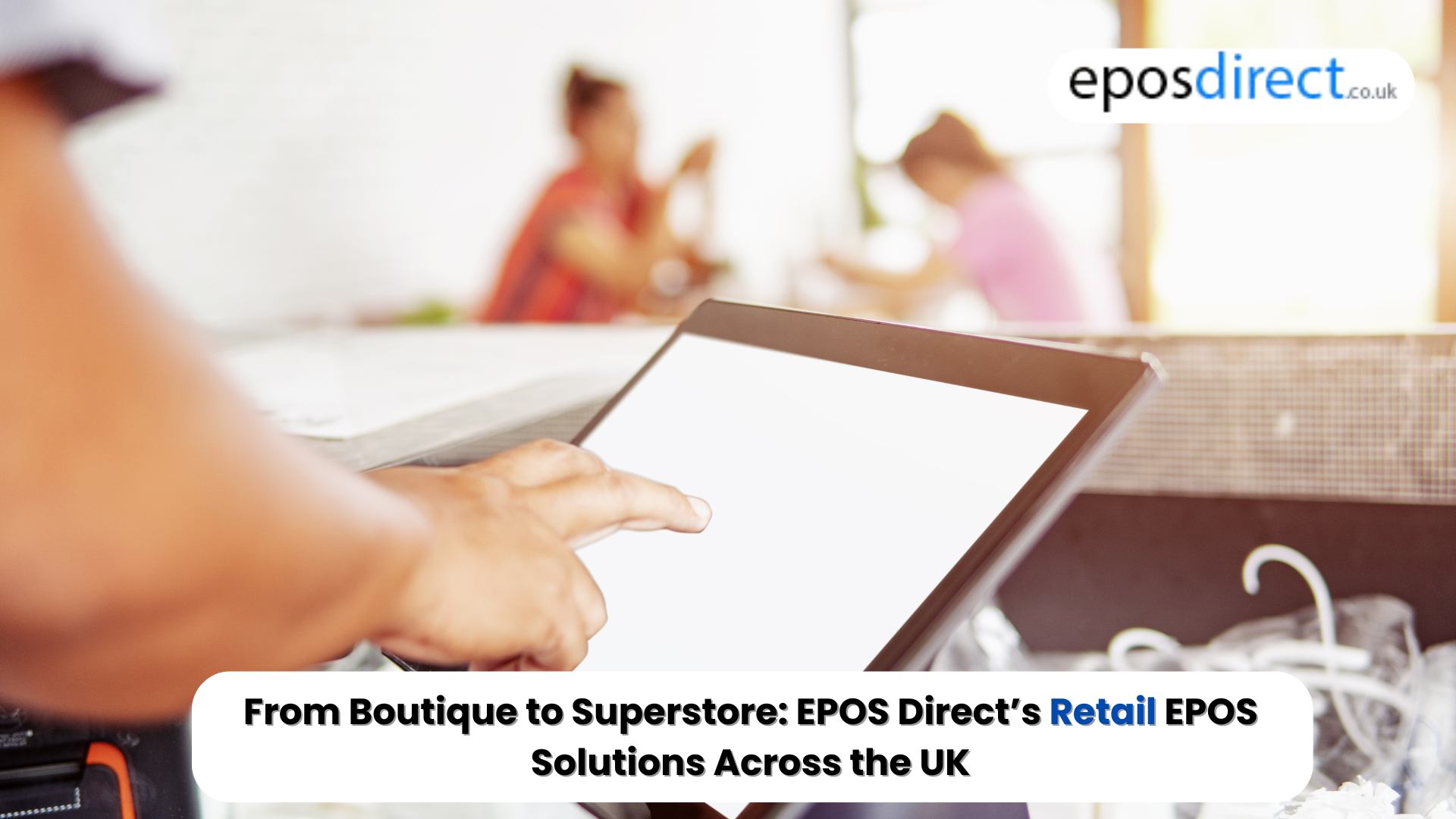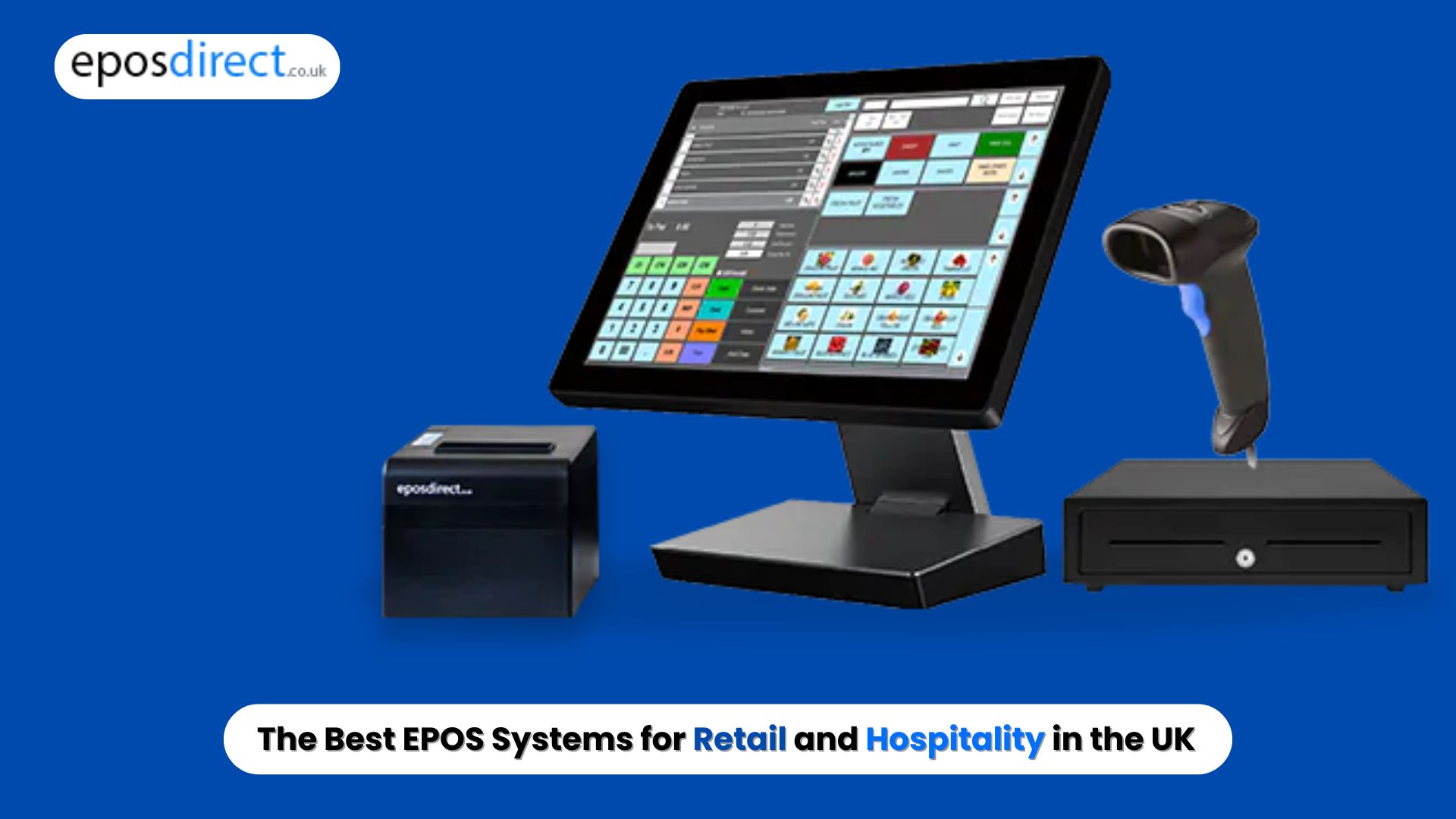We use cookies to make your experience better.
To comply with the new e-Privacy directive, you agree to the privacy policy and our use of cookies
Need of Integrating Your EPOS System with E-Commerce
In any case, for a successful business, there are ways to improve operations, increase sales, and also consumer loyalty. By the integration of your E-Commerce and point of sale (POS) systems in store, your business can achieve higher goals easily.
Why Integrate Your E-Commerce and POS Systems?
Integrating your E-Commerce platform with your POS systems can appear daunting due to costs or risk of business disturbance caused by the need to change existing systems. However, you`ll see that it ends up justified, when you consider the effect it has on your operations and customer experience.
At this moment, you most likely work out of the two systems. At the point when not integrated, your team is in charge of physically moving data between them. Employee’s hand-key information, for example,
- • Product information from POS to your E-Commerce channels
- • Sales orders from E-Commerce to POS
- • Decimating stock levels after sales
- • Shipping data and tracking status from POS to E-Commerce channels
When these procedures aren`t automated, mistakes occur. Shipping addresses are entered off-base. Stock isn`t refreshed quick enough making you oversell. Product information could be inadequate, wrong, or missing.
Furthermore, all these manual procedures require some time. It can take whole teams hours to ensure all the information is transferred and accurate. This is time detracted from something important to your customers.
When you don`t integrate your E-Commerce and POS systems, it`s extremely your customer experience that is in question. They won`t see precise product data, will encounter moderate shipping times, and will see wrong stock levels.
Benefits of E-Commerce and POS Integration
E-Commerce business and POS integration, then again, leads to benefits like these:
- • Eliminate manual entry of data to spare time, while reducing mistakes.
- • Providing exact stock levels to avoid from overselling
- • Automatically inform customers when orders have dispatched
- • Enable customers to get online orders in store
- • Offer online customer information between online store and POS
- • Be flexible enough to include more sales channels and handle the growth
Understanding the need to ingrate your systems is the initial step in bettering your business. Next, you`ll need to pick how you need to integrate. As you most likely guessed, there are a couple of various approaches to connect your POS and E-Commerce systems.
Researching about POS E-Commerce Integration Solutions
Integration naturally is never so simple. It takes two systems, not built to integrate, and makes them get along with each. A few systems are worked for communicating to different systems better when compared with other systems. Be that as it may, more recent enhancements in technology have given merchants more feasible options.
While researching different POS and E-Commerce integration solutions, be on the lookout for these kinds of integration processes.
Point-to-Point Connectors
For this kind of solution, your E-Commerce system, regardless of whether a web store or market place, "points" at your POS to synchronize sales information. It`s a direct connection. There`s no operational platform in the center of your system, you should still manage with your tasks out of one of the systems. These are normal and more reasonable answers for smaller retailers.
Multichannel Management Platform
This kind of solution is normally cloud-based and gives a platform that sits between your systems as an operational hub point. Preferably, it utilizes pre-built connectors to match up the data between your systems. The platform keeps running out of sight of your system however you can see the platform to see reviews of the information and make work processes. This gives you more configurability and flexibility while including or configuring connections.
These solutions can be more expensive, yet at the same time reasonable to retailers who need increasingly robust capacities.
Custom Integration
It`s possible to manufacture your own custom integration between your E-Commerce and POS systems, in the event that you have the resources. Custom integration can be complex and costly. Build your own solution only if you have the right resources and specific requirements to justify it.






